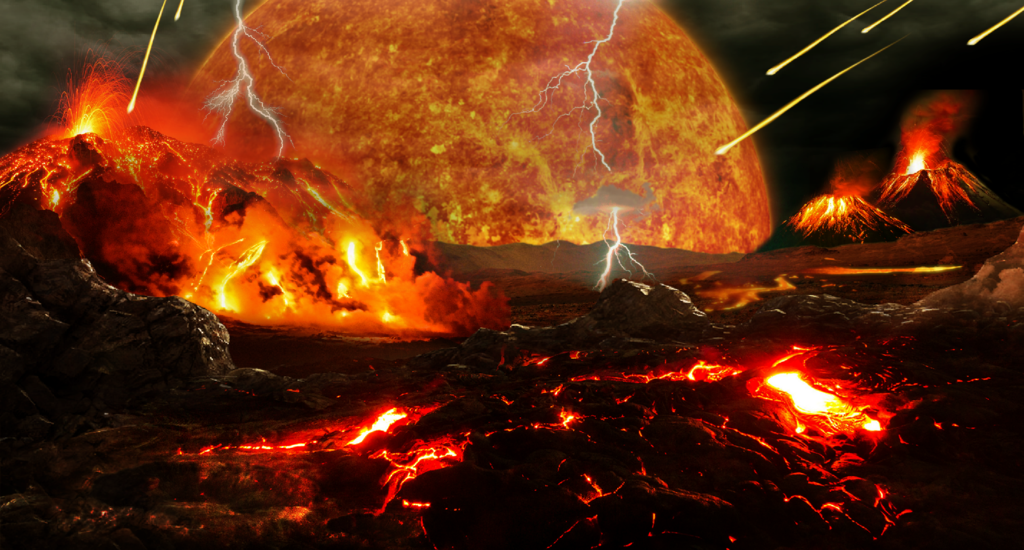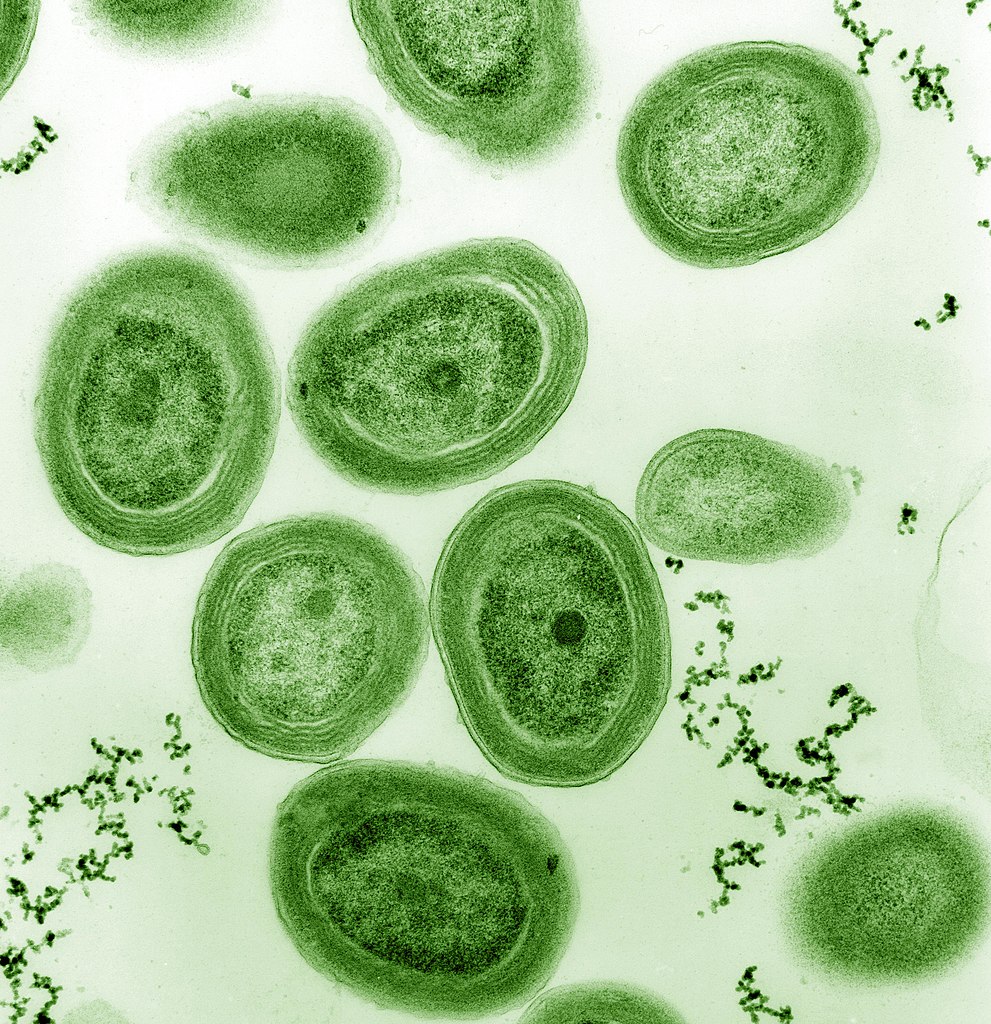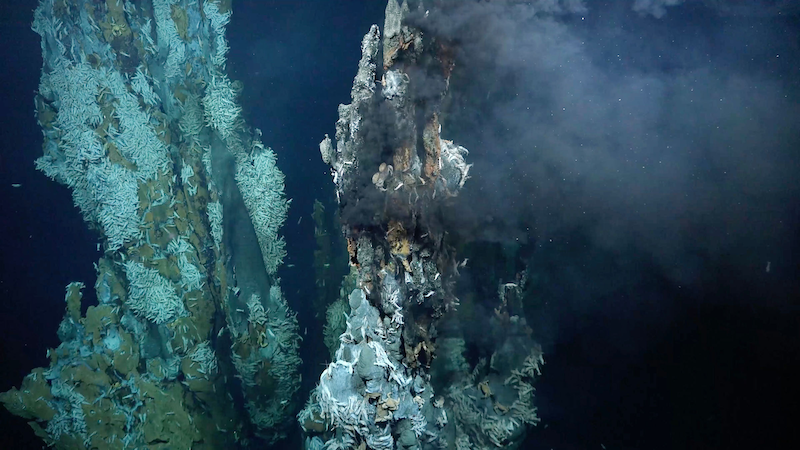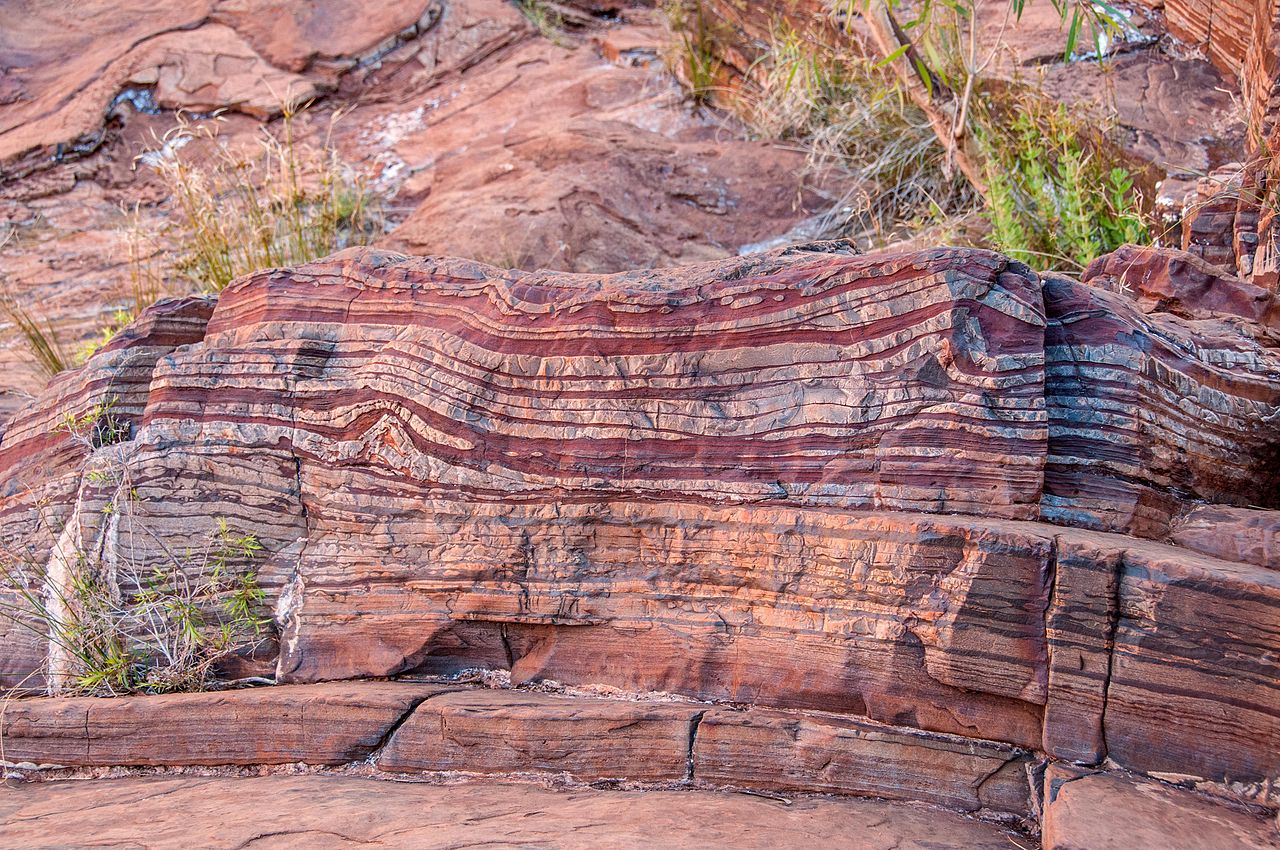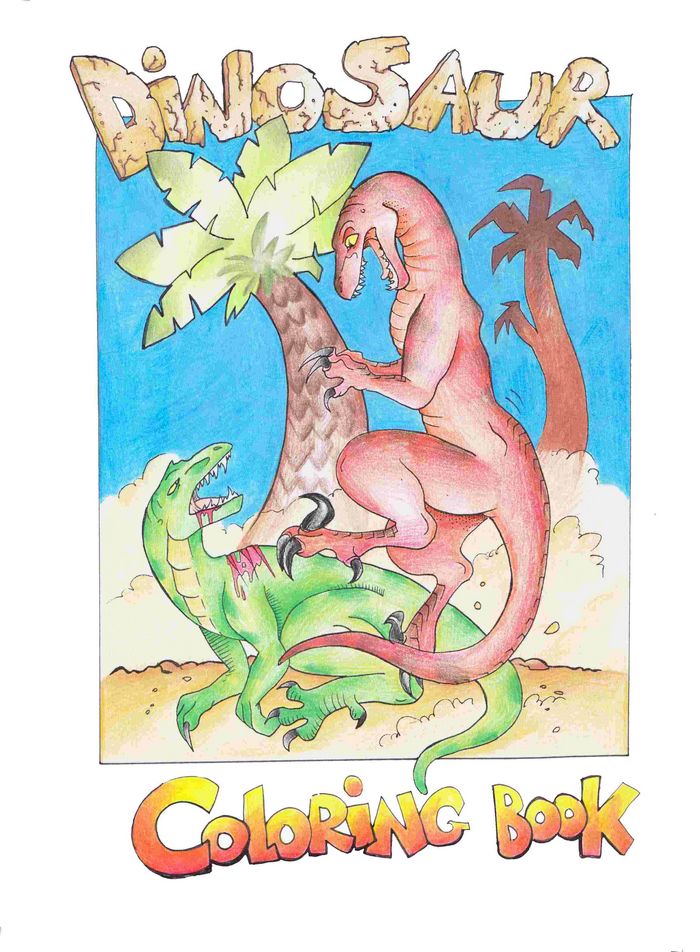Sitting here in the DinoZone is a special rock. In fact, all of the rocks at the DinoZone are special. However this one in particular has special significance in that it records an event that changed the world. We are about to learn how the conditions changed on Earth that opened up the way for the evolution of life as we know it. Keep on reading to find out how.
Sitting here in the DinoZone is a special rock. In fact, all of the rocks at the DinoZone are special. However this one in particular has special significance in that it records an event that changed the world. We are about to learn how the conditions changed on Earth that opened up the way for the evolution of life as we know it.
Take a lungful of fresh, life-giving air
When we are done here you will have learned something about our atmosphere, how it changed from being toxic and how it led to conditions which support life as we know it, which includes you. Hopefully that sounds like something that you would like to know more about. Before we begin here is a little bit of fun – take a lungful of fresh, life-giving air. One, two, three, lets go. Whew. Okay, now say 'thank you.' I shall tell you why you need to give thanks shortly.
Now let’s right dive in - but before we do, just a quick notice to tell you about our DinoZone YouTube channel. Being the dinosaur fan that you are, go check out our wonderful videos on all things palaeontological.
It was a hot, toxic, inhospitable place
The origin of life goes back to at least 3.5 billion years – maybe even earlier. Earth’s atmosphere in the early years was very different to what it is now. It comprised nitrogen, carbon dioxide and methane in quantities much higher than they are now. Oxygen was less than one millionth of today's levels. For reference our modern atmosphere comprises 21% oxygen, 78% nitrogen, 0.9% argon and 0.1 % other gases. Surface temperatures during those early years ranged from 0 degrees to 40 degrees Celsius. In short it was a hot, toxic, inhospitable place – and we would have been unable to survive under those conditions.
Our cyanobacteria ancestors flooded the atmosphere
But then some primitive life-forms evolved in the oceans which thrived in this environment. These were the blue-green algae, or cyanobacteria (cyan is blue green – hence the name). These primitive, single-celled organisms lived in the oceans. They derived their energy from photosynthesis, which is the process of using sunlight to convert CO2 and H2O into chemical energy – starches and sugars – and producing a waste product called oxygen. The oxygen from our cyanobacteria ancestors flooded the atmosphere rapidly from between 2.4 to 2.3 billion years ago. This flooding of the atmosphere is known by scientists as the Great Oxygen Event.
Comes from the Pongola Supergroup of South Africa
Here is the chunk of rock which I alluded to earlier – it is called a banded ironstone, and the formations from which it is derived is called a BIF – an abbreviation of Banded Iron Formation. You can see the alternating bands of iron oxide and silica. This specimen comes from the Pongola Supergroup of South Africa, but BIFs are to be found in Australia, Brazil, Canada, India, Russia, Ukraine, and the United States. They are nearly all generally older than 1.6 billion years. They are marine sedimentary rocks rich in iron and silica, and you can see the layering in the rock, with the dark reddish brown layers comprising iron oxide, and the light layers silica.
The iron came partly from seafloor hydrothermal vents
The iron is in the ferric state – that is Fe+3 rather than Fe+2 which shows that the oceans at the time were deficient in oxygen, or what is termed by scientists ‘anoxic’. The source of the iron came partly from seafloor hydrothermal vents which upwelled onto continental shelves where the iron combined with oxygen and settled out onto the ocean floors. This chemical combining and settling out of the product is called precipitation. This doesn’t happen today as the oceans are deeply oxygenated, except around hydrothermal vents where this process still takes place.
A wonderland of black smokers
If you were to go down in a submersible to one of the mid-oceanic ridges, you will be able to see these hydrothermal vents in action. There is a wonderland of black smokers and white smokers constantly pumping out chemicals which react with the seawater which then precipitate onto the sea floor. These vents support a whole ecosystem of creatures called extremophiles which thrive in the near-boiling water, high pressure and inky darkness.
Earth was in the astronomical state of planetary accretion
Geological time has been divided up into four broad Eons, namely the Hadean, the Archaean, Proterozoic and the Phanerozoic. The Archaean began 4 billion years ago when rocks actually began to form on Earth. Prior to that Earth was in the astronomical state of planetary accretion that began 4.6 billion years ago in what is called the Hadean. No rocks are preserved from this time in Earth’s history. For more on the geological time scale go check out our blog post here.
Flooded the atmosphere with oxygen
Fossil evidence of the earliest life forms – prokaryotic microbes from the domain called Archaea and bacteria appear in the rock record about 3.5 to 3.7 billion years ago – some of these evolved into cyanobacteria. Between 2.4 and 2.2 billion years ago these organisms flooded the atmosphere with oxygen to the extent that the iron in the seawater precipitated out of solution to form banded iron formations or BIFs. Most of the iron mined on Earth today comes from these formations.
BIFs are the record of that fundamental change in atmospheric conditions
The conversion of our atmosphere from a methane and carbon dioxide dominated to an oxygen dominated one opened up the way for life to evolve was we know it. The BIFs are the record of that fundamental change in atmospheric conditions way back when our Earth was young. If you want to lay your hands on this BIF you will have to come to the DinoZone to see it for yourself.
And now, as you exhale after taking that deep breath at this start of this story, give thanks to the cyanobacteria which made it all possible.
Before you go, remember to leave your comments, download our free colouring book, and visit our social media platforms.
And seeing that you are here, grab yourself a copy of our free colouring book, which is full of wonderful dinosaurs and other Mesozoic creatures for you to bring back to life.
